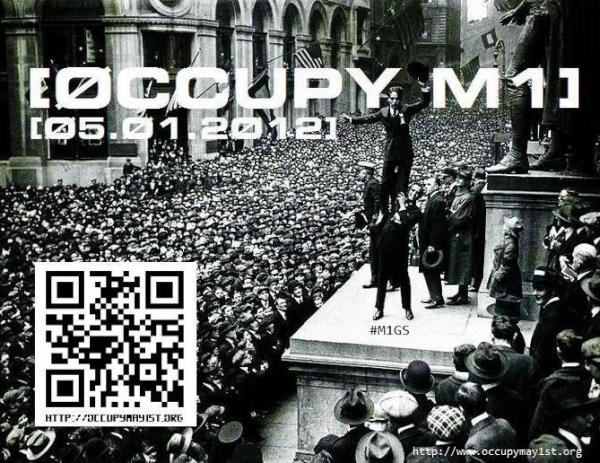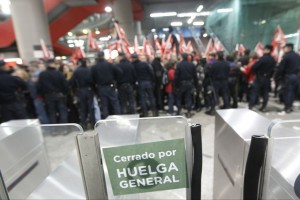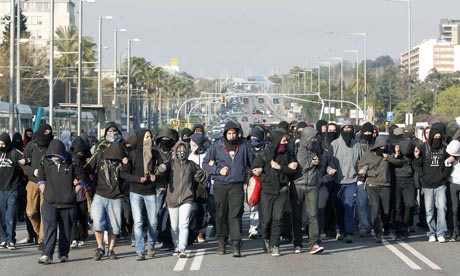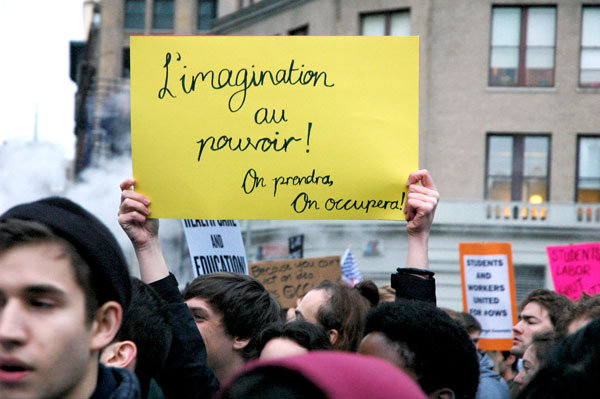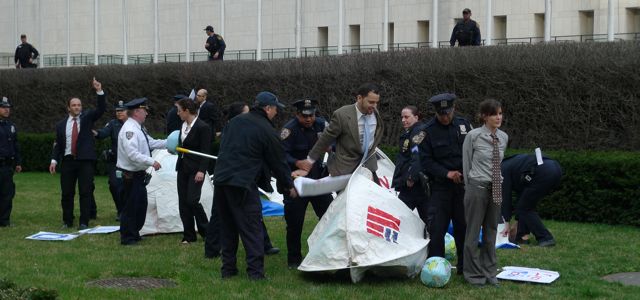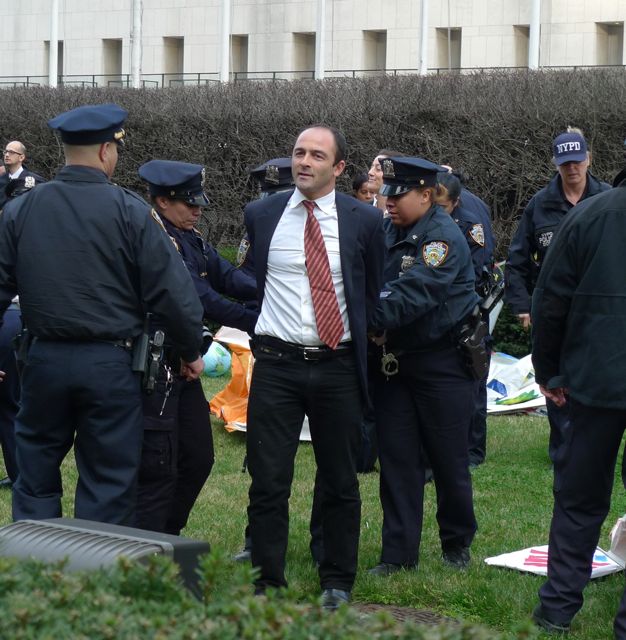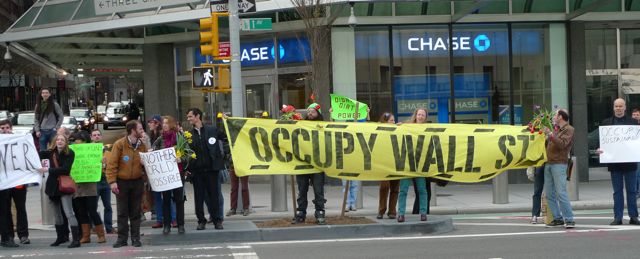Immaterial labor, the knowledge economy, service-based industries, call them what you will but they depend on the brain, in the same way that factory labor depends on the body. It is, then, a symptom of the suicidal autoimmune capitalism that has been forged in the past thirty years that fish, the single food most associated with improving the brain, actually kills it. Our brains ourselves demand a new global system as the precondition for our survival.
Nearly all varieties of fish, long exalted as brain food, contain significant quantities of mercury. The mercury arrives in the ocean as a by-product of coal, used above all in power stations. Washed out of the air into rivers by rain, it accumulates in the sea. It is absorbed by fish and more particularly by carnivorous fish. So the higher up the food chain you go the worse the problem becomes, because fish that eat other carnivorous fish get more concentrated doses. By the time you get to top-end carnivores like tuna, shark, marlin and swordfish, the levels are very noticeable.
But there’s no such thing as a “safe” level. Mercury doesn’t simply harm the brain–it makes it disappear. Here’s a video from the University of Calgary that shows how brain neurons wither and disappear in the presence of mercury–at 2 mins 30 if you want to skip ahead
So let’s say you don’t really worry about rising temperatures, drought and the other indices of climate change: do you care that you’re killing your brain by what you eat?
The dots are easy to join. A fossil fuel based energy economy puts increasing amounts of mercury into the biosphere, which concentrate in the bodies of fish. This toxicity makes the flesh of humanity’s last remaining wild food source unambiguously hazardous for consumption. It threatens the very possibility of human creativity itself. This problem is easy to describe but cannot be solved in the present economic system. Increasingly the choice is between sustaining the greatest number of human lives or the largest profit. The change for the former cannot be achieved by policy, by interstate treaty or by the market. It will either happen post-catastrophe or by systemic change.
Surely this is the usual alarmist stuff from environmentalists we have become so adept at ignoring? Last year Time journalist Bryan Walsh had himself tested for mercury–and found his levels at twice the government recommended limit. He bizarrely adds that this is not a problem for men, presumably because they don’t use their brains. Under heavy pressure from fossil fuel industry and fishing alike, government has simply caved and designated mercury a risk for women and children only.
Still not bothered? Now studies are showing that sharks and other top predator fish are contaminated with BMAA, a neurotoxin related to cyanide that accumulate in human flesh:
A growing body of research suggests there may be a connection between exposure to the toxin and the development of neurodegenerative diseases like Alzheimer’s, Parkinson’s and Lou Gehrig’s disease.
The bacteria that cause the toxin are naturally occurring: perhaps it’s just an indication that we did not evolve expecting to eat sharks and other animals with extensive rows of teeth that live in the open ocean.
Who eats shark anyway?
Lots of people, that’s who, mostly as shark fin soup, which now stands revealed as the ultimate autoimmune dish. The fins are, even by shark standards, intensely concentrated sources of mercury and BMAA. The soup is eaten to celebrate special occasions or as a luxury item, mostly by Chinese people. I’m not even going to get into the practice of harvesting fins from sharks that are then thrown back into the ocean to die.
Let’s not get a frisson of superiority here if we don’t eat such soups but restrict our choices to more “sensible” fish. So many “forage” fish, the small fish humans don’t eat but larger fish do, have been fished that the species now face serious risk of extinction. What happens to them? Fish farms grind them up and feed them to their animals–what better way could be imagined to intensify the concentration of mercury and BMAA in the food chain? Your reasoned choice for a farmed salmon or whatever else is just as implicated in the collapse of world fish stocks and the toxicity of top-end fish as shark’s fin soup, just in different ways.
As usual, it’s Africans, least involved in any of this, who are paying the highest visible price. Off the coasts of West Africa, huge quantities of forage fish are gathered by European Union supertrawlers that freeze the fish on board. As such fish constitute a vital food source for Africans, the risks of overfishing are literally life and death for subaltern populations. Yet the European fishing industry is more concerned about Chinese boats than the sustaining of local people. Once again, threats to profit are taken more seriously than threats to people.
We like to say another world is possible. Another one is actively being made right now in which wild species of fish will be close to extinction with their few remaining specimens will be too toxic to eat. Human brains and bodies are suffering. Another world is necessary.


